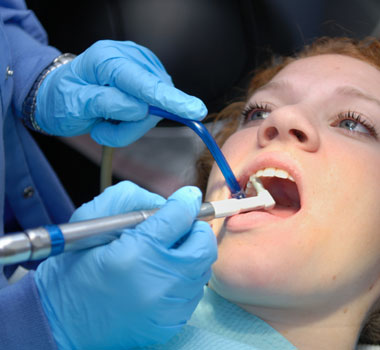
A new study has found that any blood pressure reading higher than the normal 120/80 mmHg may increase the risk of stroke.
The meta-analysis looked at all of the available research on the risk of developing stroke in people with “prehypertension,” or blood pressure higher than optimal but lower than the threshold to be diagnosed with high blood pressure, which is 140/90 mmHg.
A total of 19 prospective cohort studies with more than 760,000 participants were included in the analysis, and participants were followed for time periods ranging from four to 36 years. From 25 to 54 percent of study participants had pre-high blood pressure.
The analysis found that people with pre-high blood pressure were 66 percent more likely to develop a stroke than people who had normal blood pressure.
The results were the same after researchers adjusted for other factors that could increase the risk of stroke, such as high cholesterol, diabetes and smoking.
The researchers determined that nearly 20 percent of strokes in the study population were due to pre-high blood pressure.
Considering the high proportion of the population who have higher than normal blood pressure, successful treatment of this condition could prevent many strokes and make a major difference in public health, study author Dingli Xu, of Southern Medical University in Guangzhou, China, said.
The study is published in the online issue of journal Neurology®.
Source: Daily news and analysis











